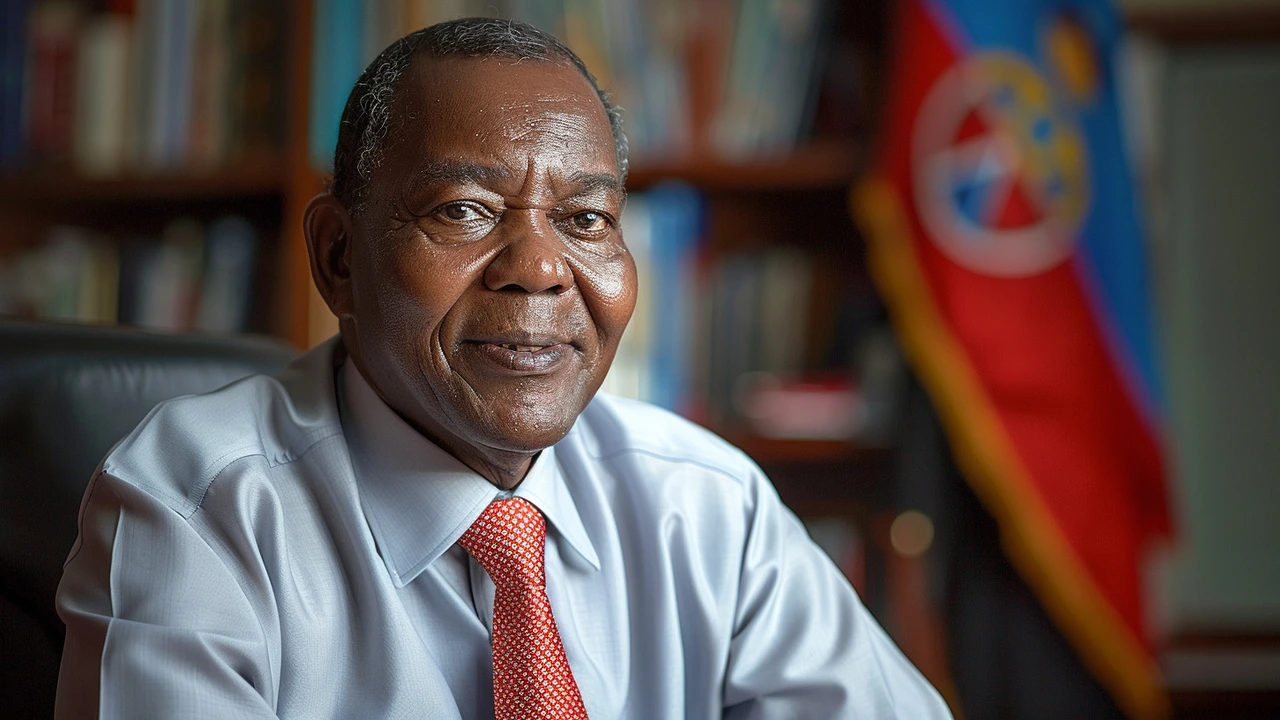Public Debt News – What’s Happening Right Now
If you’re wondering why governments keep borrowing money, you’re not alone. Public debt is the amount a country owes to lenders, and it shows up in headlines all the time. In Africa, the numbers are growing fast, and that has real consequences for taxes, services and jobs. This page gives you a quick rundown of the basics, the latest trends and what it means for everyday life.
What is public debt?
Public debt is simply the total money a government has borrowed to fund its spending. It can come from local banks, foreign investors or big institutions like the World Bank. When a country runs a budget deficit – spending more than it earns – it issues bonds or takes loans to cover the gap. Those debts need to be paid back with interest, just like any other loan.
The size of the debt is usually measured as a percentage of the country’s Gross Domestic Product (GDP). A higher ratio means the government owes more relative to how much it produces. For example, a debt‑to‑GDP ratio of 70% means the debt is 70% of the total economic output.
Why does it matter? High debt can squeeze public services because a bigger share of the budget goes to interest payments. It can also affect borrowing costs – lenders may charge higher rates if they think a country is risky. On the flip side, sensible borrowing can fund roads, schools and health clinics that boost growth over time.
How public debt is shaping Africa’s future
Africa is seeing a wave of new borrowing as countries chase infrastructure projects, renewable energy and digital upgrades. China, the EU and multilateral banks are top lenders, and many African governments see debt as a tool to close the development gap.
But the rapid increase isn’t without worries. Some nations now have debt‑to‑GDP ratios above 60%, a level that can trigger fiscal stress if growth stalls. Debt restructuring talks have popped up in countries like Zambia and Ghana, where repayment schedules had to be renegotiated.
At the same time, there are positive signs. Countries that combine borrowing with solid economic reforms – better tax collection, transparent spending and strong institutions – often see growth pick up faster than they expected. The key is using borrowed money for projects that create jobs and generate revenue, so the debt can be paid back without slashing essential services.
For citizens, public debt shows up in everyday things: higher taxes, changes in public sector wages, or even the quality of roads and schools. Keeping an eye on debt levels can help you understand why a new road is being built or why a tax hike is announced.
In short, public debt is a double‑edged sword. It can boost development when managed well, but it can also create pressure if it grows too fast. The best outcomes happen when governments plan carefully, spend wisely and stay transparent about what they owe.
Stay tuned to this page for the latest news, analysis and expert opinions on public debt across Africa. We’ll keep you informed so you can see how these big numbers affect your community and your wallet.






